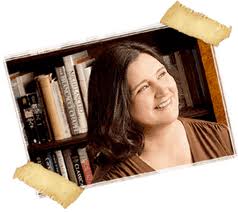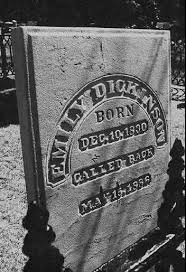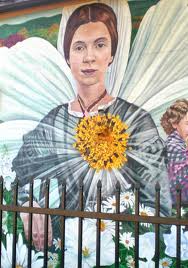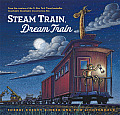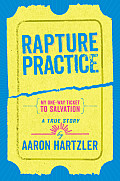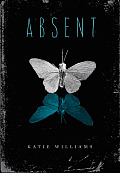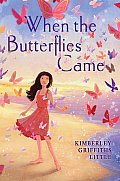Recently I reviewed Michaela MacColl’s new book Nobody’s Secret, which features a young Emily Dickinson solving a mystery that takes place in her hometown of Amherst, Massachusetts. Today, I’m happy to host MacColl with a guest post talking about her trip to Dickinson’s hometown to conduct research for her novel. MacColl’s meticulous research helps her historical fiction novels come alive. She especially evokes a sense of place where her stories are set. In previous books we’ve gotten a feel for London during the time when Queen Victoria was young and still a princess (Prisoners in the Palace), and the wilds of Africa where a young Beryl Markham learned to be brave (Promise the Night).
I have one copy of Nobody’s Secret to give away to a reader who leaves a comment here about what they like about historical fiction. Just be sure to chime in before midnight (PDT) on Thursday, June 13 for a chance to win (U.S. or Canadian addresses only please). And if you’d like to visit the next stop on MacColl’s blog tour, stop in at The Children’s and Teen’s Book Connection on Friday.
Thanks for having me back to the Mother-Daughter Bookclub. I’m so pleased to be able to introduce my newest novel, Nobody’s Secret, a literary mystery with Emily Dickinson. I wanted to do a guest post that would particularly resonate with your readers. So let me tell you about a research trip I took with my 15 year old daughter.
When I can, I always like to visit my settings. I spent a wonderful week in London researching my first book. So when I decided to write about Emily, I had to go to Amherst Mass. She was born there, and except for a year at school in South Hadley (ten miles away) and a few trips to Boston and Washington DC, she stayed there her entire life. Her family home has been turned into a museum.
My daughter is an artist and a fan of Emily Dickinson’s. I invited her to come on my research trip so we could spend some time together–but also to show her a lovely college town. We got a room at the Amherst Inn, a bed and breakfast in a big Victorian house overlooking the museum.
(The Homestead, the Emily Dickinson Museum)
We spent several days exploring gardens and haunting bookstores. (Visiting a place is the absolute best place to find hard to find books of local interest). Both Rowan and I are particularly fond of graveyards and happily Emily’s childhood house overlooked a cool one. She is buried there with a cryptic inscription on her tombstone. And a mural honoring her.
Rowan helped me look around the tombstones finding good names I might use in Nobody’s Secret. It was at the cemetery that Rowan first noticed what would become a motif during our visit. Large black crows.
Emily wrote about a crow:
Fame is a fickle food
Upon a shifting plate
Whose table once a Guest but not
The second time is set.
Whose crumbs the crows inspect
And with ironic caw
Flap past it to the Farmer’s Corn –
Men eat of it and die.
And I memorialized our trip by dedicating the novel to Rowan, “who likes more crows in her murders.”

